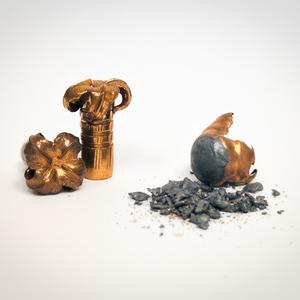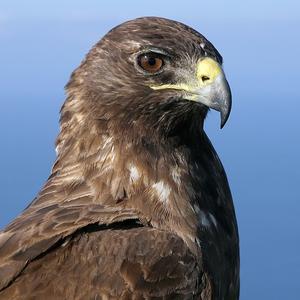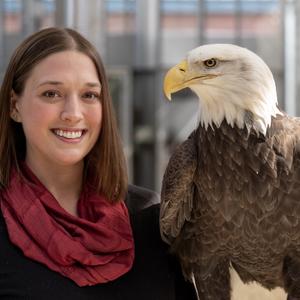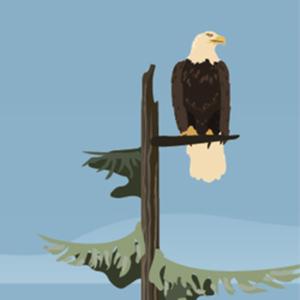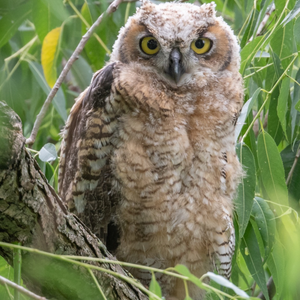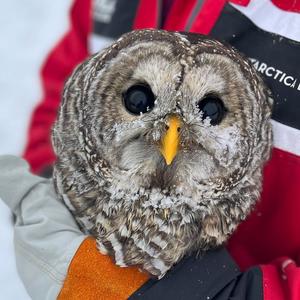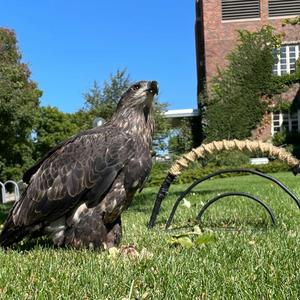Top stories
Persistence and progress
TRC continues decades long work to prevent lead poisoning in eagles.
Protecting raptors abroad
TRC lends expertise to preserve the Galápagos hawk population
Letter from the director
For 50 years, The Raptor Center has stood as a beacon of hope and compassion, tirelessly working to provide vital medical care and rehabilitation to ill and injured raptors.
Clinic statistics, Fall 2023
So far, the total number of raptors admitted to the hospital is similar to that of recent years. Looking back, this number has been at a slow but steady increase for the most common species found in Minnesota.
Letter from the director - Fall, 2023
As The Raptor Center (TRC) celebrates its 50th anniversary, we reflect on five decades of remarkable success in raptor rehabilitation, conservation, and global impact. Join us on this journey from humble beginnings to a promising future.
Agents of Change: Impact of helping baby raptors extends beyond the nest
Perched on a branch, eyes searching the foliage and ears at the ready, a young great horned owl calls for its parents. The sound is answered, not by the owlet’s biological parents but by another pair of owls with two chicks of their own.
What do birds do in Minnesota winter?
Why do birds migrate south for the winter? Most people will say that it is cold here in the winter, so birds want to move south to where it is warmer. That is actually why people go south for the winter, but it is not the reason bird’s move south.
Training to Teach: Raptors undergo a thorough process to take wing as educational ambassadors
Raptors undergo a thorough process to take wing as educational ambassadors. See what it takes to train raptors for this unique role, including exclusive video of some of these techniques.
The Wilder Side of Nature
A fun, new three-part talk series that brings together experts in ecosystem health from diverse backgrounds, highlighting the ways unexpected topics are intertwined.
